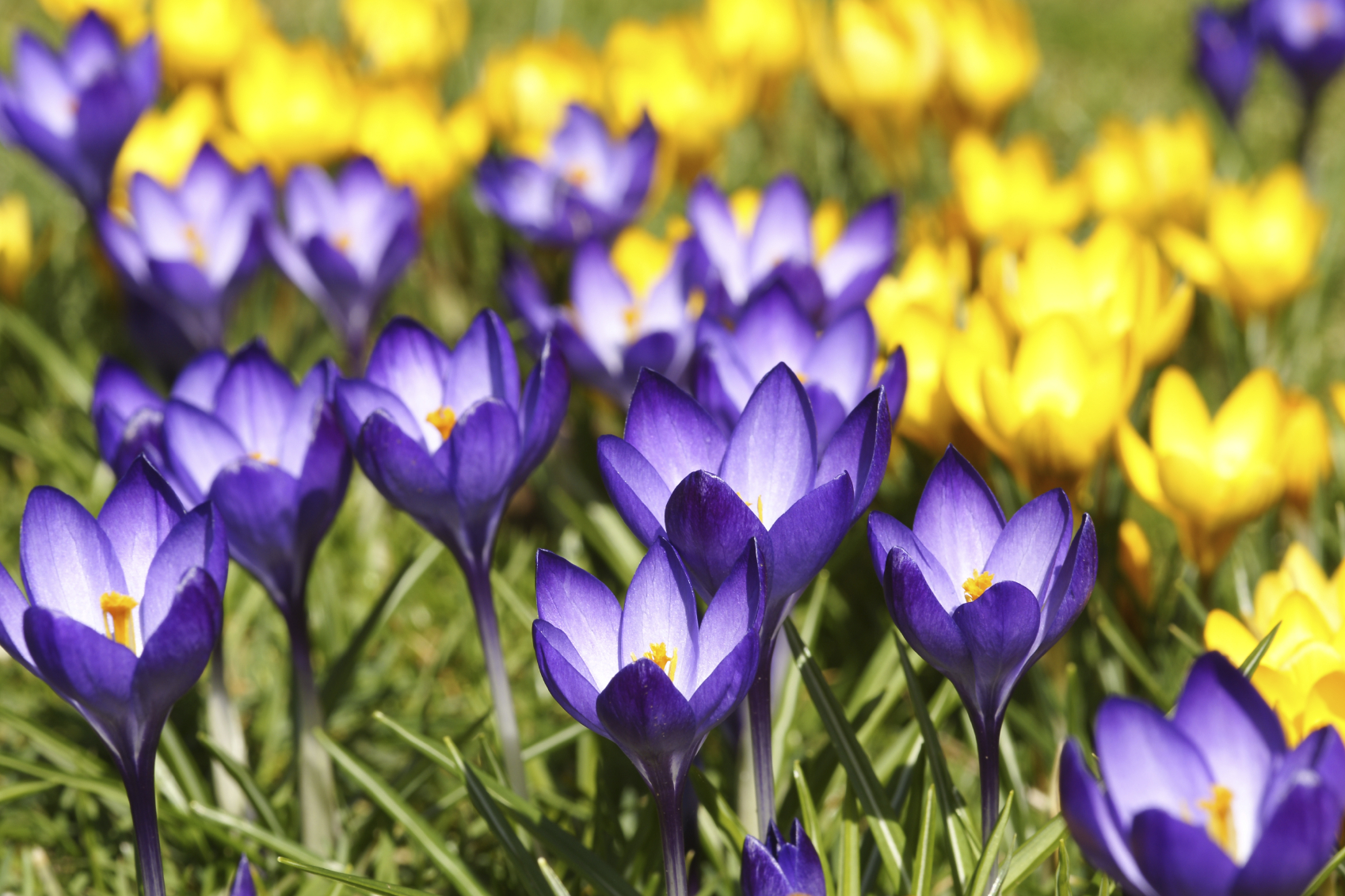
Bulbs: Go Formal or Natural In the Garden
Early spring crocuses, delicately scented hyacinths, nodding daffodils and vibrant tulips are favorite flower bulbs for coloring your garden from very early to late spring. But how should you plant them for a great impact and to match the theme of your garden or landscape? CLICK HERE to read more...

Early spring crocuses, delicately scented hyacinths, nodding daffodils and vibrant tulips are favorite flower bulbs for coloring your garden from very early to late spring. But how should you plant them for a great impact and to match the theme of your garden or landscape?
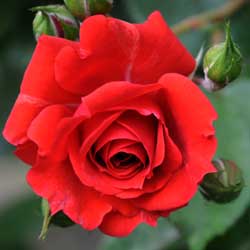
We all love roses. It may be the fragrance, color or the flower form that attracts us. It may be the memories that roses evoke. Whatever the reason, roses are one of the world’s most popular flowers.
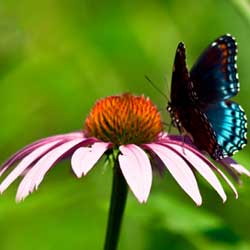
When choosing a perennial to fill an empty space in your garden, make sure to get the most bang from your buck by selecting one, or several, long blooming perennials
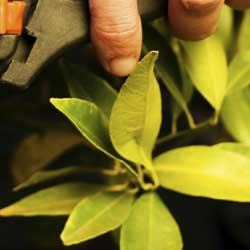
Yellow means caution, even in the garden. While leaf yellowing, chlorosis, may be a signal that there is a problem that requires attention, it may also be normal. Chlorosis is the scientific word used to indicate the full or partial yellowing of plant leaves or stems and simply means that chlorophyll is breaking down.
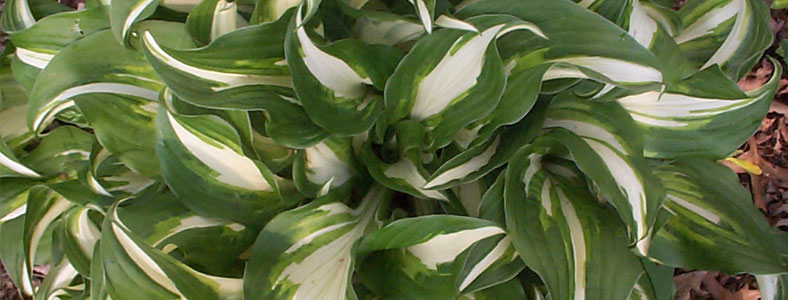
Heavenly Hostas, their real glory is in their foliage. The thin spikes of purple or white, trumpet shaped flowers appear for several weeks in the summer and are an added benefit to this divine perennial.
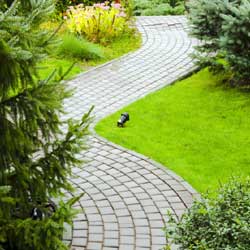
Dwarf conifers are some of the most versatile and popular plants of today’s modern garden and landscape. These fantastic plants add interesting texture, color and form to rock, pond and container gardens as well as a mixed border. Dwarf conifers are virtually carefree and often provide four seasons of interest.
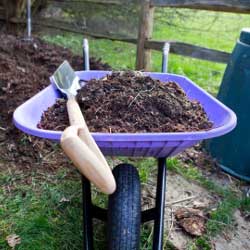
Not only does mulch add a decorative finish to your flower beds, it also helps keep soil cool and moist and thus reduces the need for watering. By using a pre-emergent herbicide with mulch, weed seeds can be discouraged from germinating and growing. And, I’m sure we can all agree, weeding is a chore nobody likes to do! So, which mulch should you use
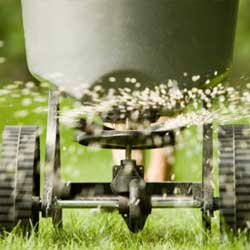
Plants voluntarily grow in locations that they are well suited to. Forests develop in fertile soil and overtime the plants growing in the forest change. This is because the plants are adding and subtracting from the soil and making the conditions different, changing the group of plants that can be successful within that environment.
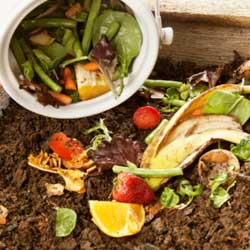
The key to successful gardening is “healthy soil.” This basic principle of organic gardening applies to all plants. Quite simply, when you feed the soil the proper nutrients, you let the soil feed the plants. So how do you “feed” the soil? First, you need to understand some elementary information about your soil and why […]
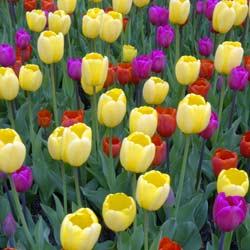
Spring bulbs faithfully reappear at the most advantageous time – after a long, cold winter. Most spring bulbs are perennial and multiply in number every year. Seemingly carefree, bulbs do require a bit of nurturing to ensure that they perform their very best for years to come.
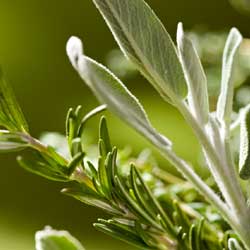
Click the headline above to find helpful gardening tips for this season!
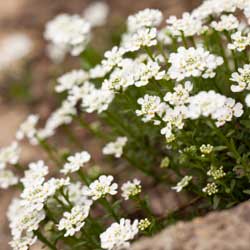
Subtle blooms in early spring sing the promise of winter’s end. These simple beauties are often overlooked, overpowered by the bold appearance of tulips, daffodils, hyacinths and more. This is unfortunate as these perennials have an unpretentious charm that complements early season bulbs and shrubs.
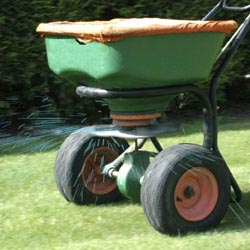
Click the headline above for helpful tips to renovate your lawn this spring!




